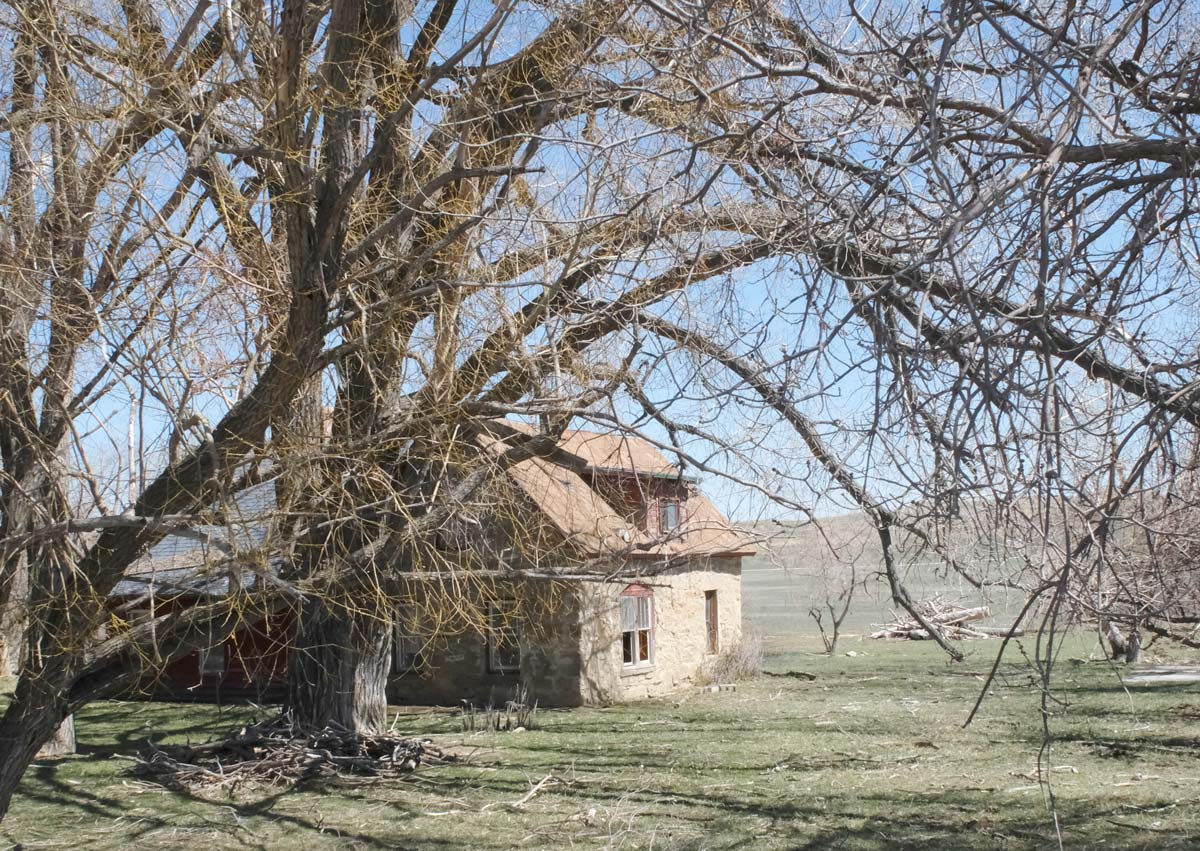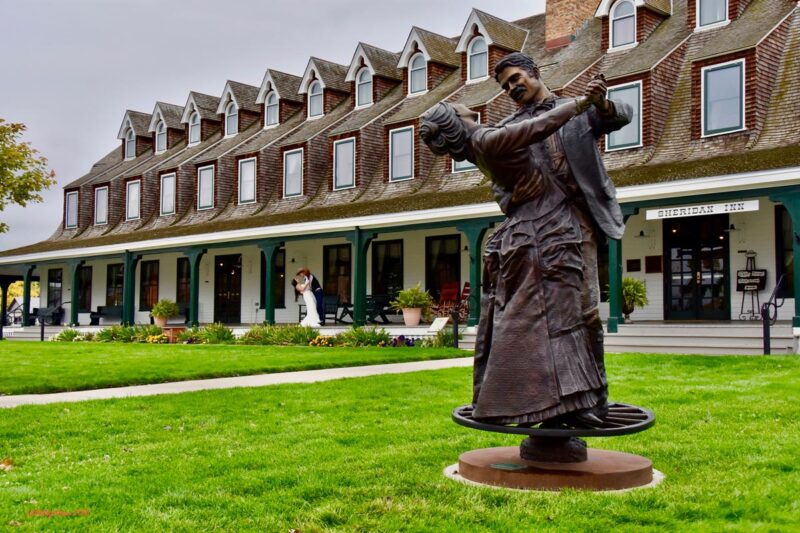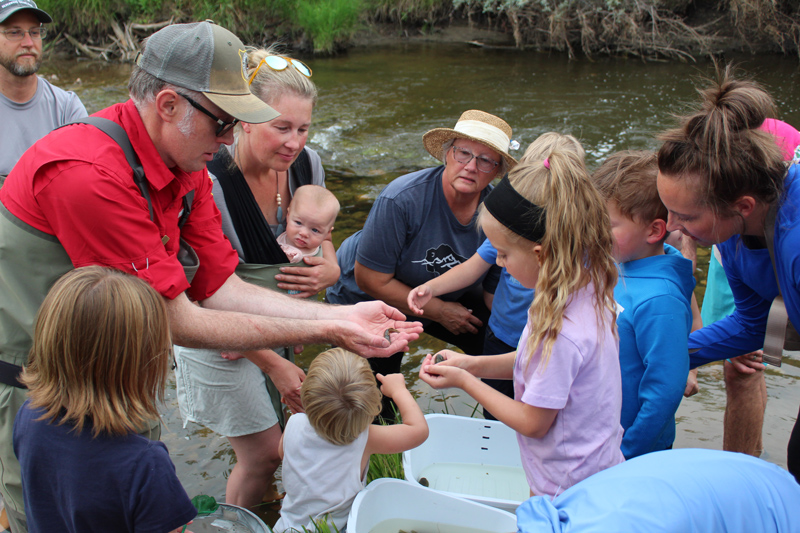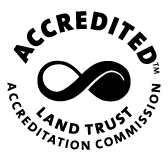“By the time we get the call, the wrecking ball is at the door. By then, it’s too late.”
That’s one of the first things Sheridan Community Land Trust Historical Educator Carrie Edinger heard when she began reaching out to colleagues around the Mountain West to learn how they work with historic preservation easements.
It’s sad to think important threads to our past can be severed so suddenly and with such finality, but the reality is that the historical value of too many historical buildings, architectural features, and sites aren’t always considered before irreparable changes are made. Or, quite commonly, the owners may want to do something to protect their piece of community history, but don’t know who to talk to or what options are available.
That’s where a historic preservation easement can help.
So, what is a historic preservation easement?
It is an agreement between a property owner and a land trust that puts restrictions on the types of renovation that can be made on a historic building.
However, as Edinger says, “A historic preservation easement doesn’t have to only be a building. The easement can be for specific architectural features and they can even be for a place or marker of historical significance.”
In fact, SCLT holds two historic preservation easements that safeguard architectural components of two buildings that are quite important to Sheridan County history.
The Sheridan Inn is perhaps the most famous structure standing in Sheridan County. In 2008, Sheridan Heritage Center Inc., and SCLT created an easement that preserves many of the inn’s iconic features – like its porch, dormers, desks, stone fireplaces and even Buffalo Bill’s bar – ensuring those iconic features remain unchanged for at least 50 years.
In fact, about the only key piece of the inn that isn’t part of the historic preservation easement is the ghost of Miss Kate. But she’ll remain at the Inn in spirit as long as an easement is in place.
“The Sheridan Inn was a stopping point for many travelers heading West and the inn itself was once considered the finest hotel west of Chicago,” Edinger remarked. “It was one of the first buildings to have electricity and was host to Buffalo Bill, Ernest Hemingway and many historical characters.”
Another easement, located along Clear Creek near Clearmont, preserves one of the earliest stone homes still standing. The Doc Huson Homestead preserves the stone walls and gables of the historic home that dates back to 1887.

The Huson Homestead sits along the banks of Clear Clear west of Clearmont. SCLT’s historic preservation easement helps ensure one of the earliest stone homes still standing continues to stand while the land around the home is part of a voluntary conservation agreement.
“It was one of the first permanent homestead structures in southeastern Sheridan County,” Edinger noted, adding that Huson had a plan far greater than a simple homestead. “He was a man of vision. He had the idea to utilize homesteading as a way to develop an entire town.”
At its peak, the town of Huson had about 200 residents, 30 businesses, a post office and a newspaper that published three editions. However, the flame that burns twice as bright often lasts half as long. Huson ceased to exist seven months after it was founded when the railroad opted to go through what would become Clearmont instead.
The owners of the property also sought to preserve the full legacy of the land and worked with SCLT to establish the Legacy Land Cattle Conservation Easement – 528 acres of mostly sagebrush steppe and grassland that contains important Greater Sage-Grouse habitat.
Edinger explained a historic preservation easement is more than preservation of a building – it’s preservation of its story. “We’re not going to just do an easement. We’re going to work with you to tell the story of the who, what, where, when, why and how.”
That’s important, because a historic preservation easement is the only way to ensure a building, architectural feature, place, monument or marker remains intact. Even buildings listed on the National Register of Historic Places don’t have such protection. At any time, they, too, can be subject to the wrecking ball’s swing.
So, if you know of a place that’s important to local history, give Edinger a call. She’ll work with you to see if a historic preservation easement is right for you.
Why?
“Because the story of Sheridan County wouldn’t be complete without it,” she concluded.
Contact Carrie Edinger at history@sheridanclt.org or call the SCLT office at (307) 673-4702. For more information about SCLT’s history programs, visit https://sheridanclt.org.










